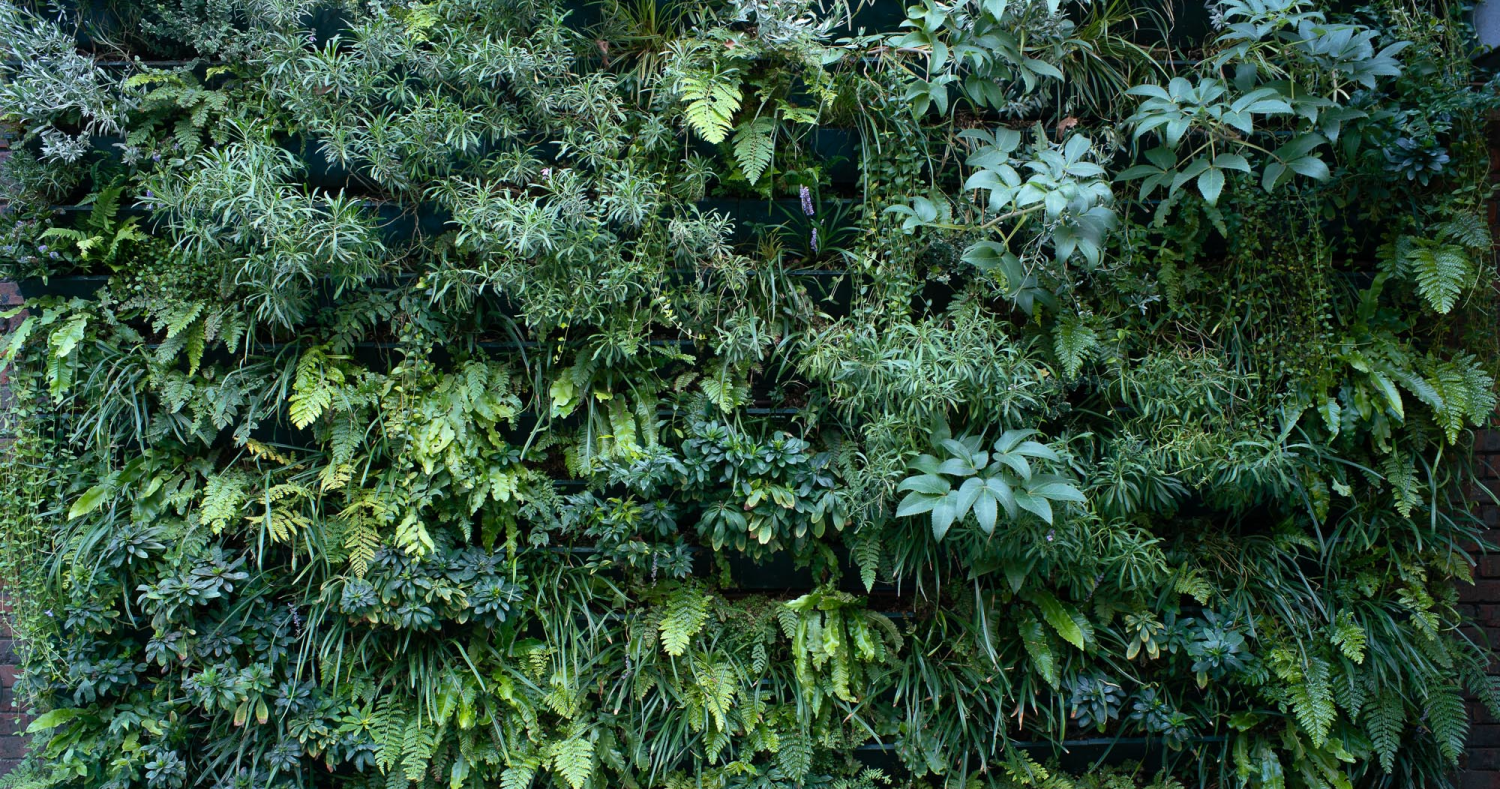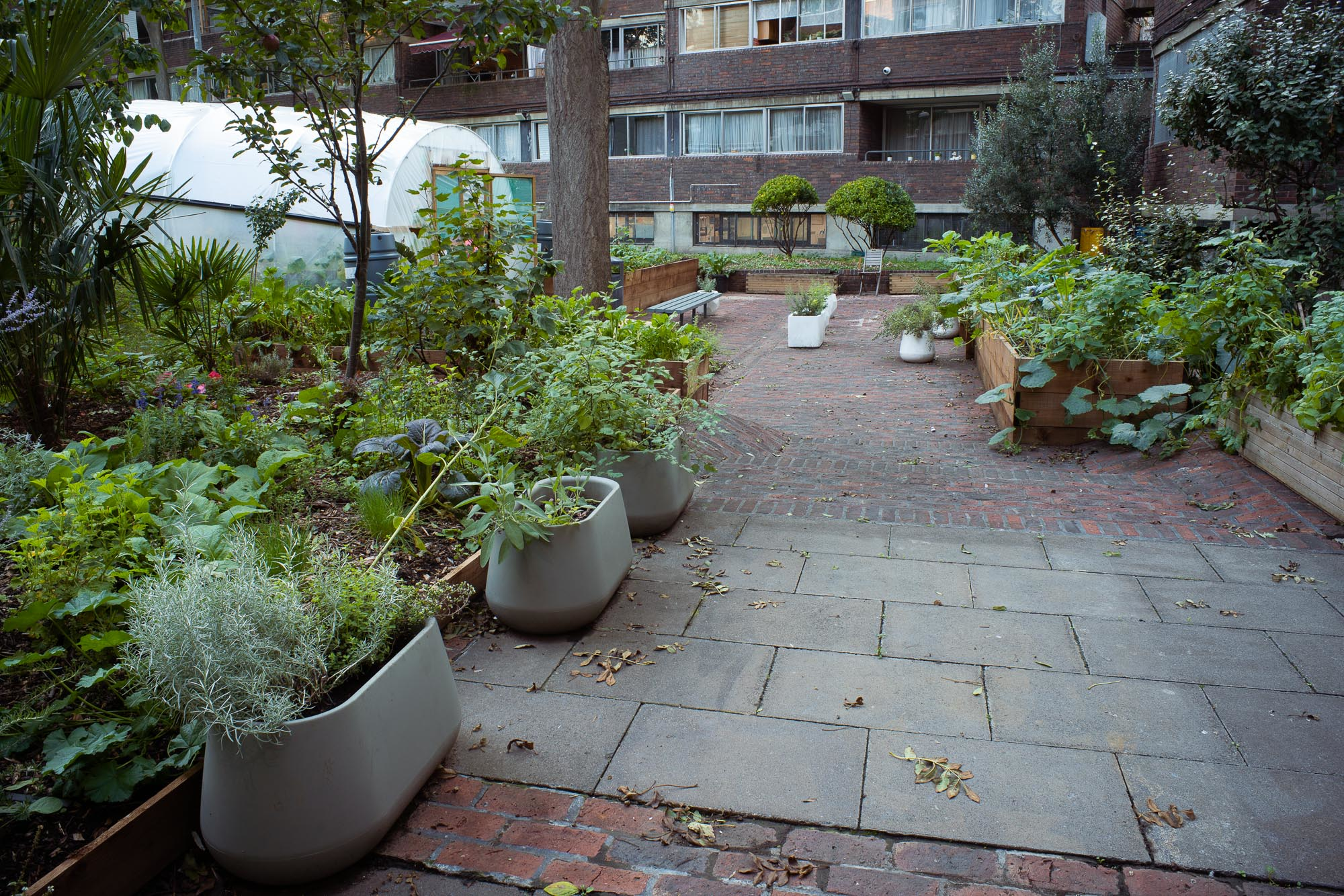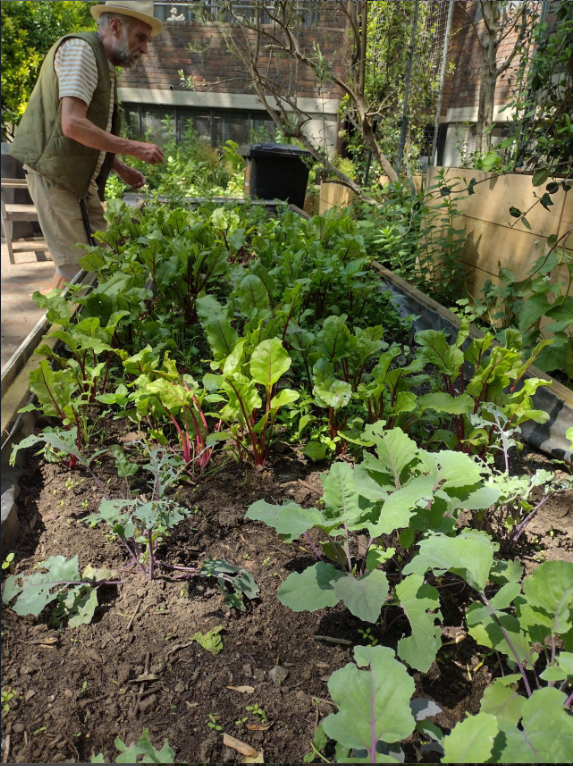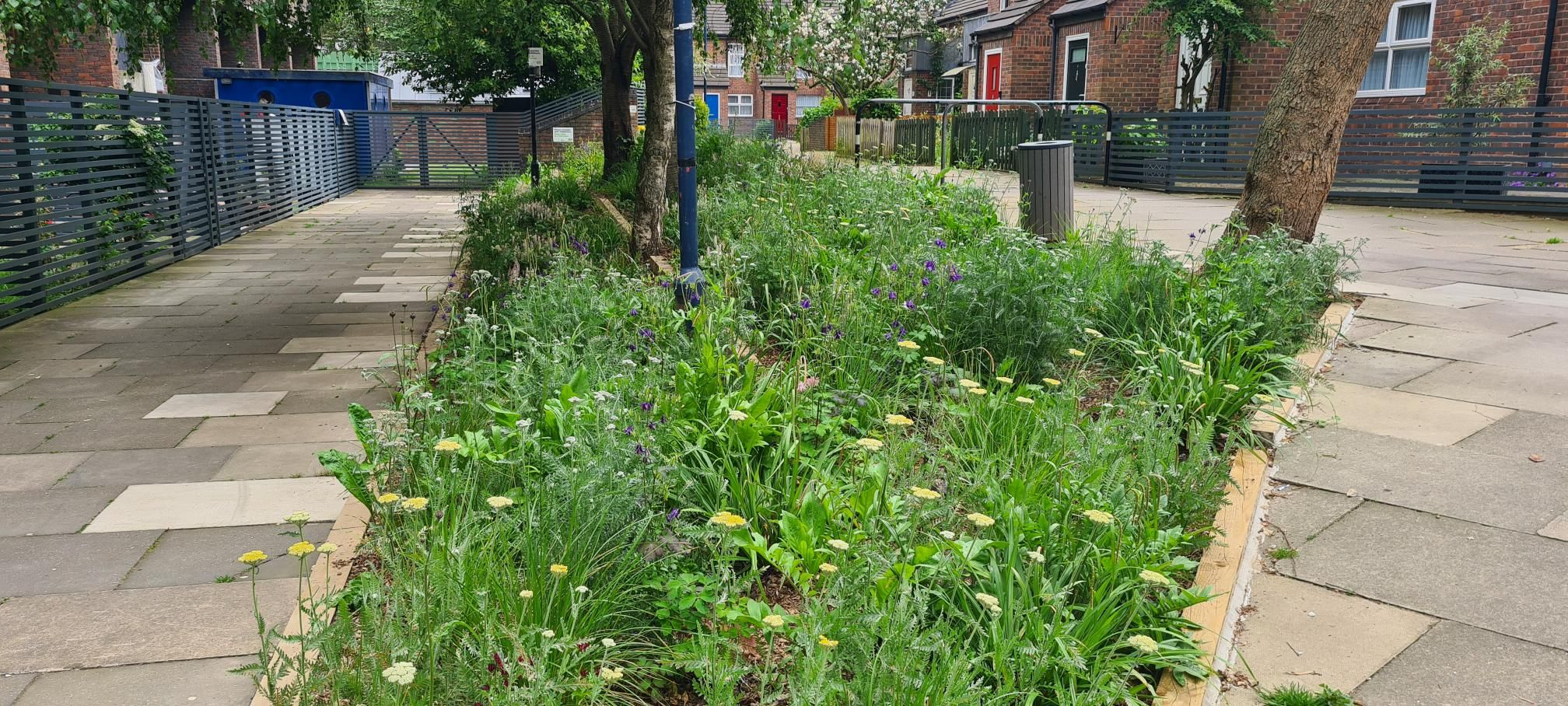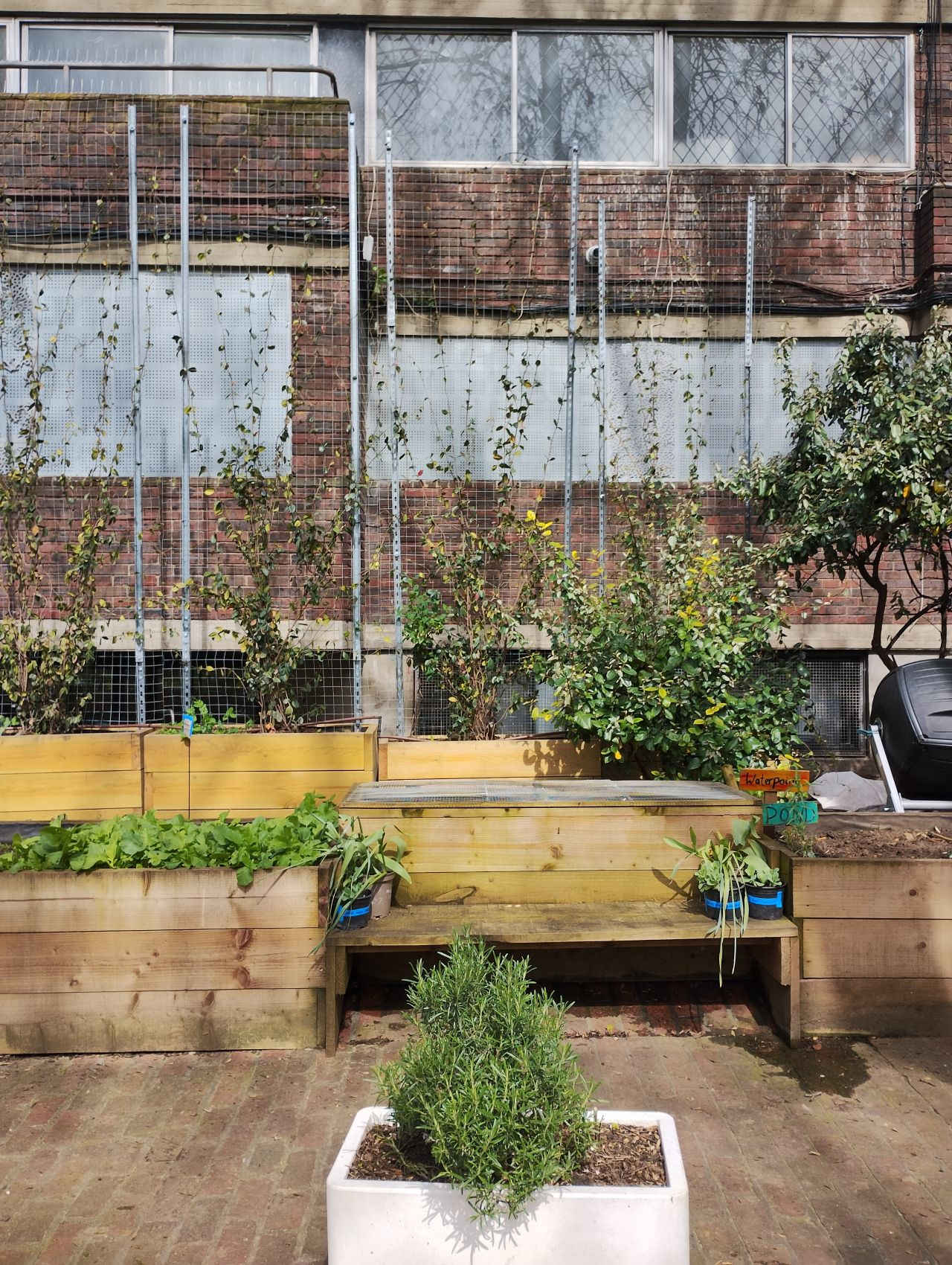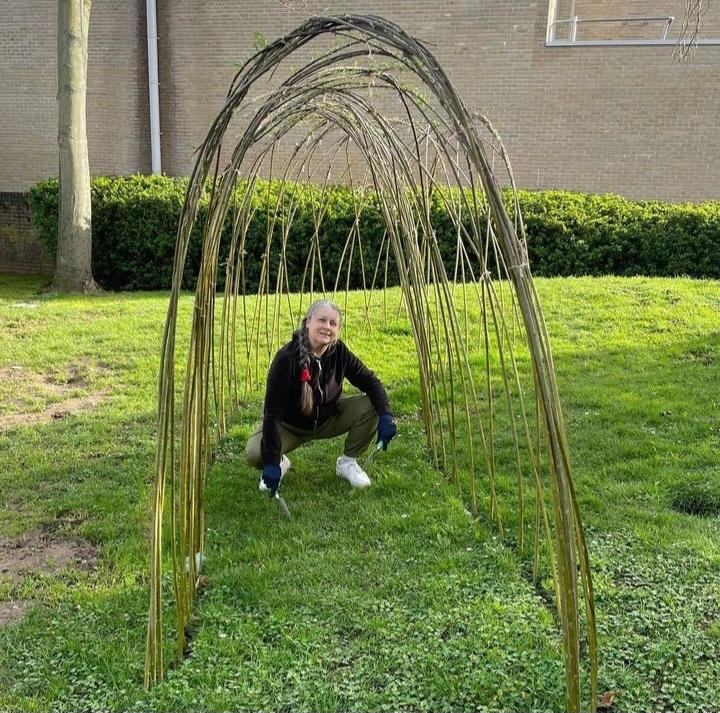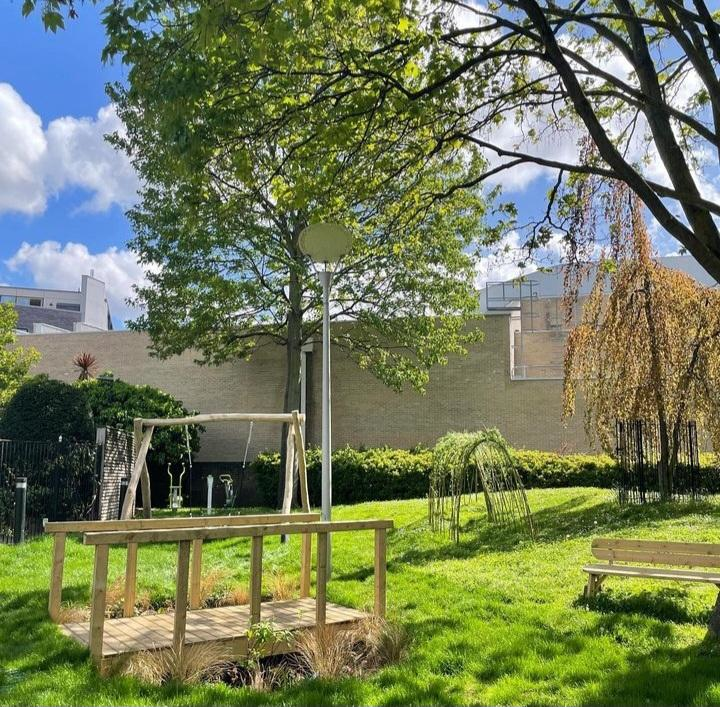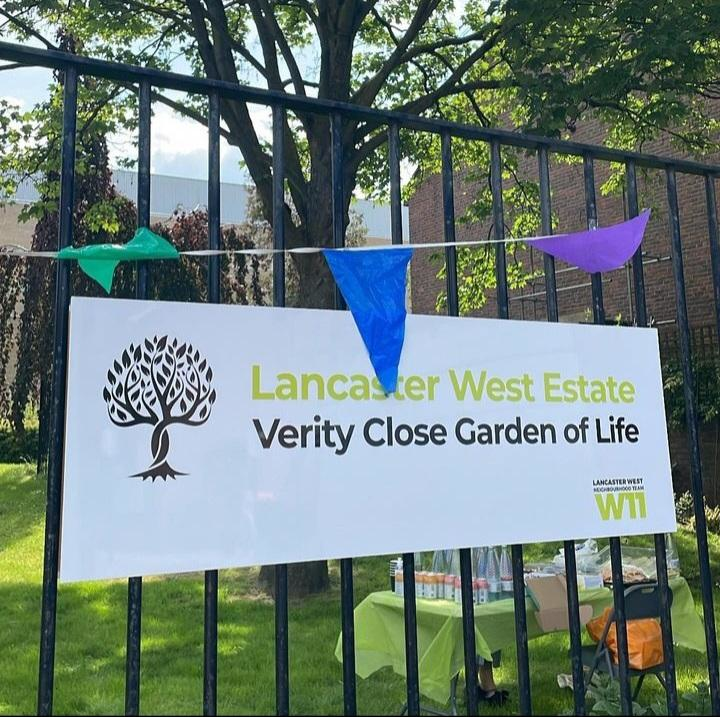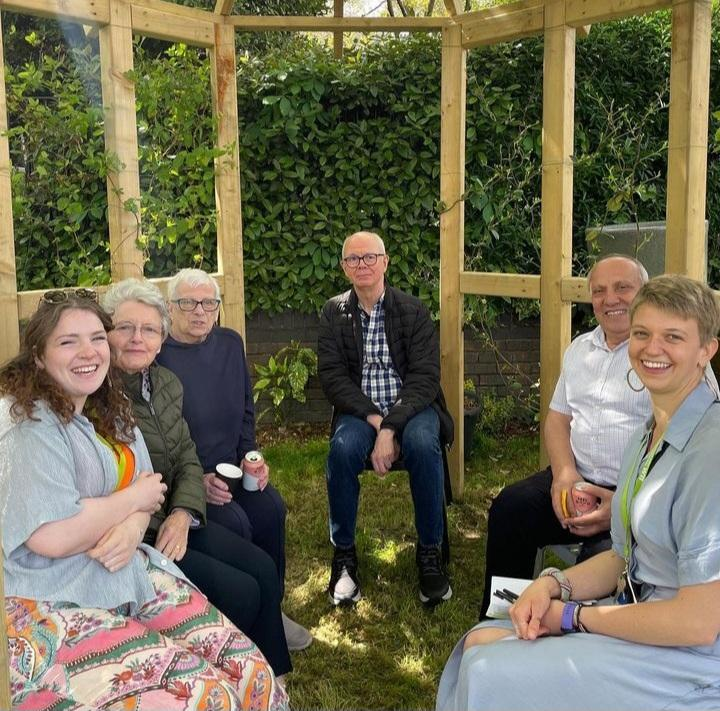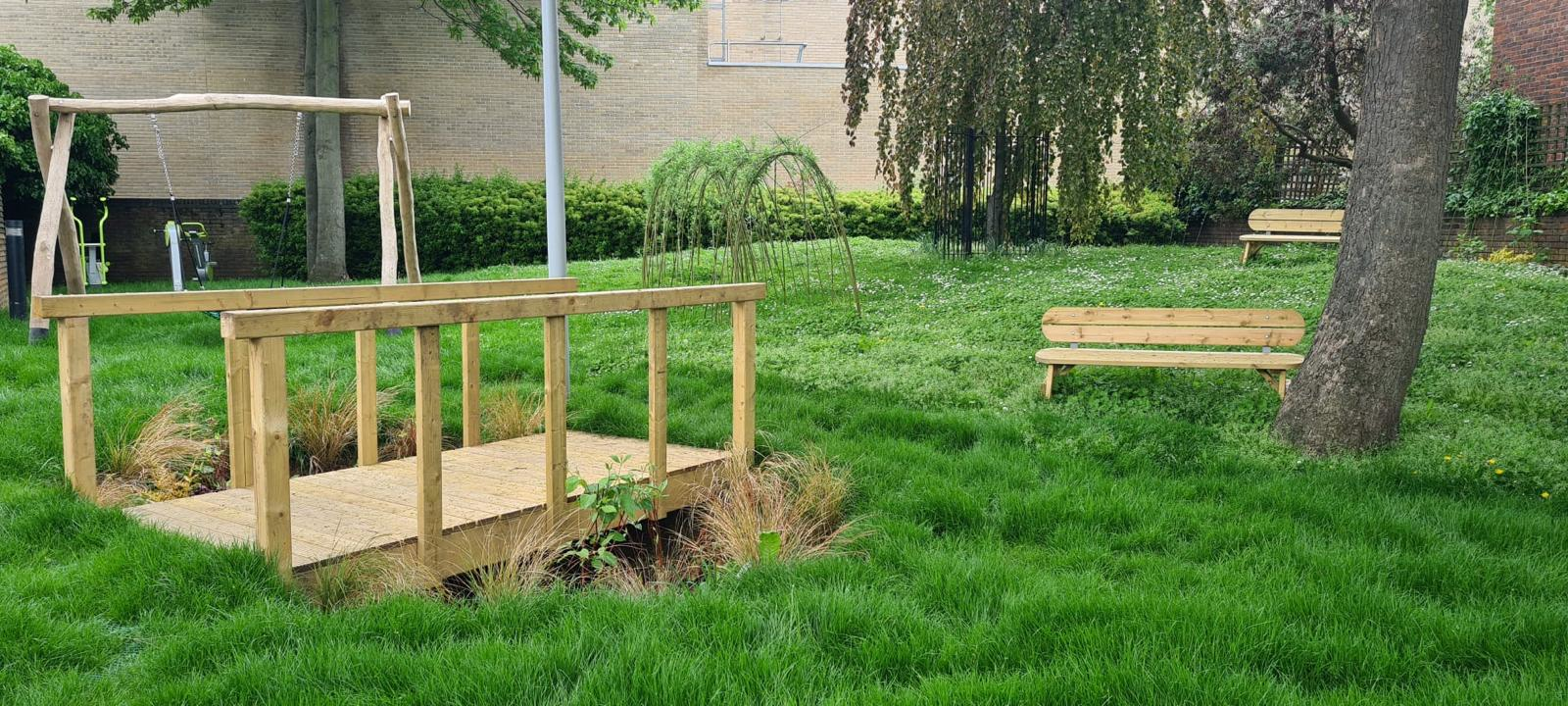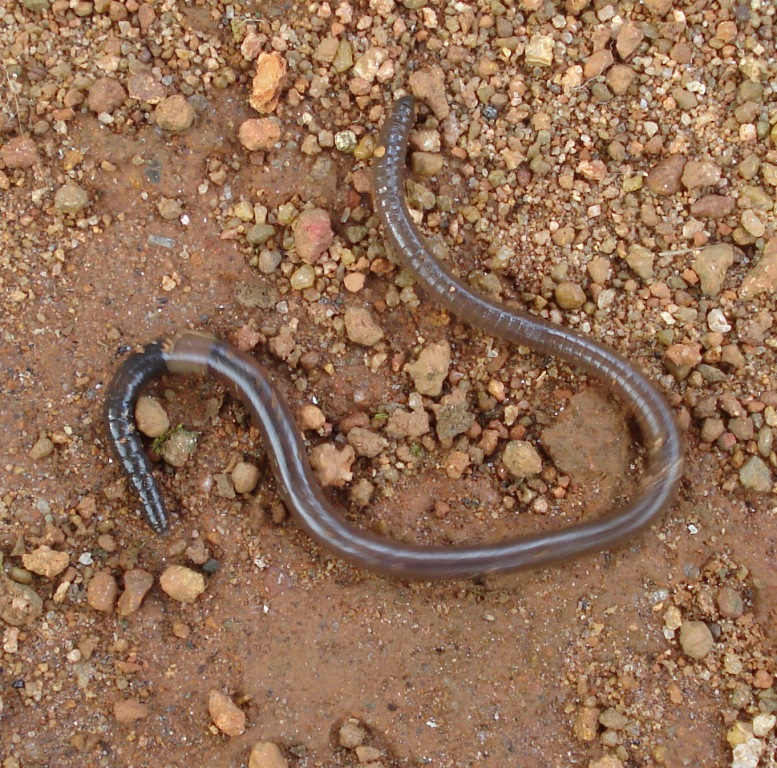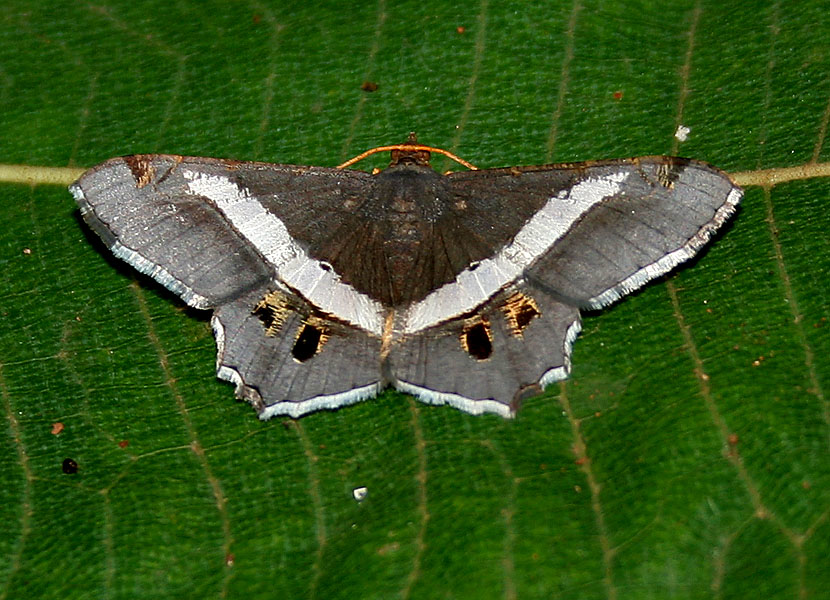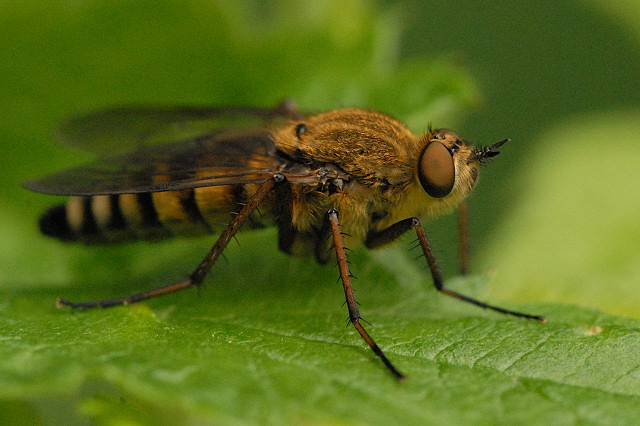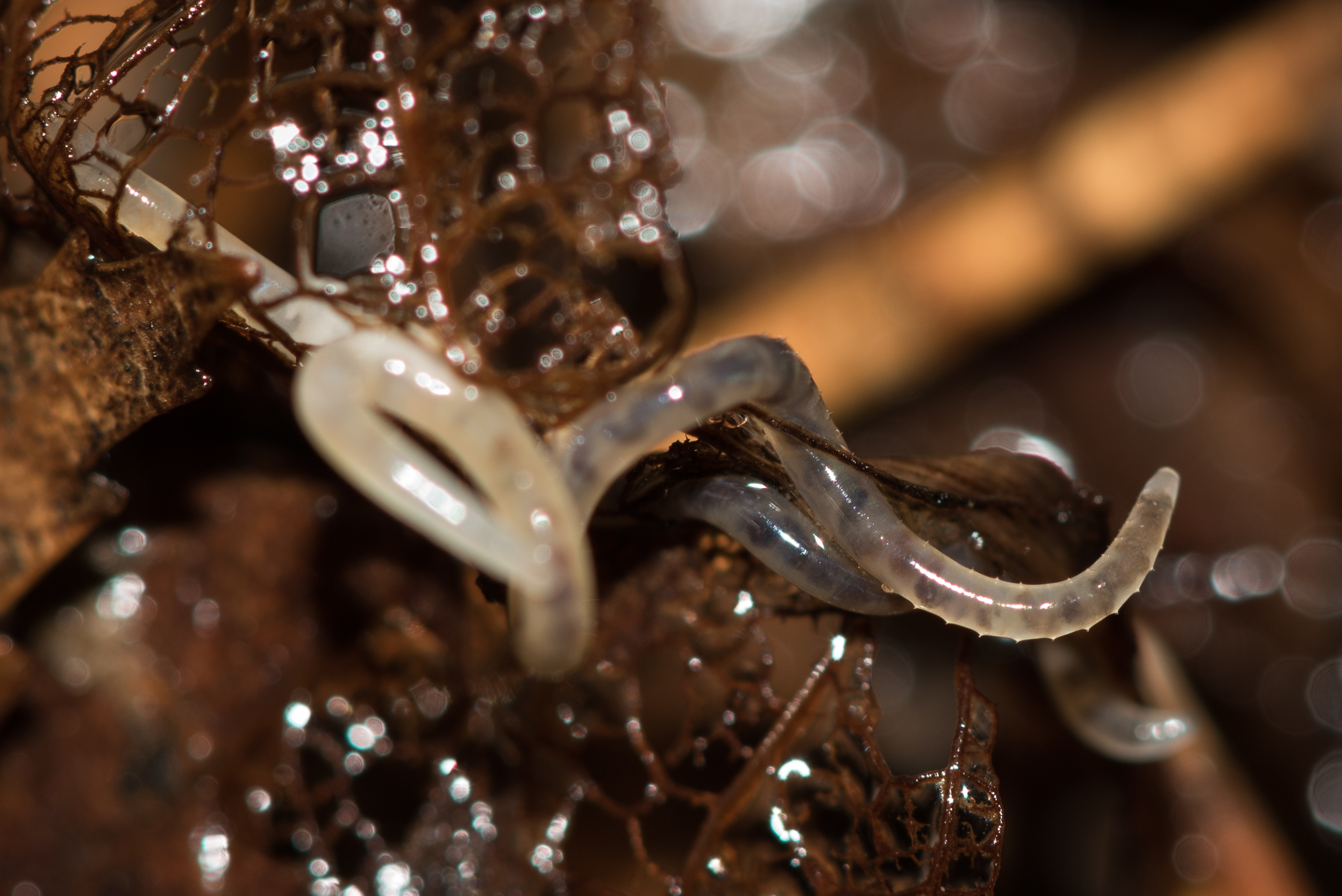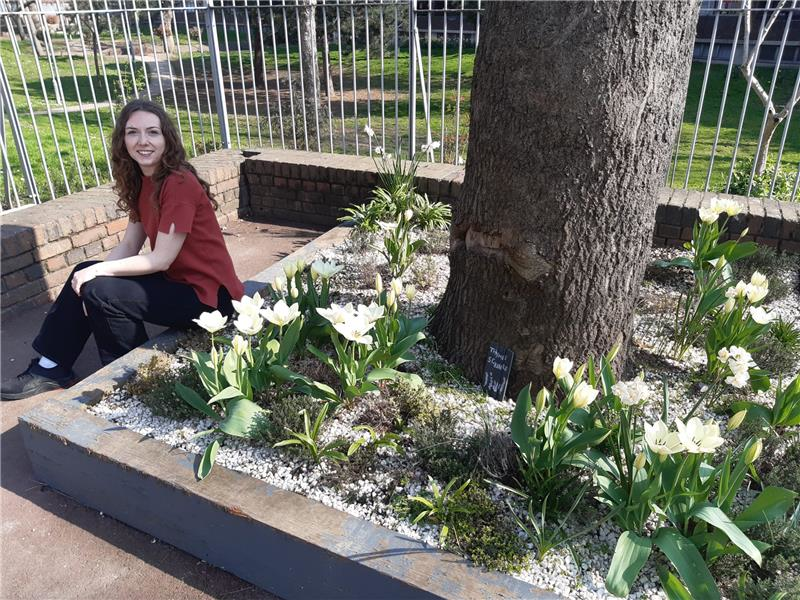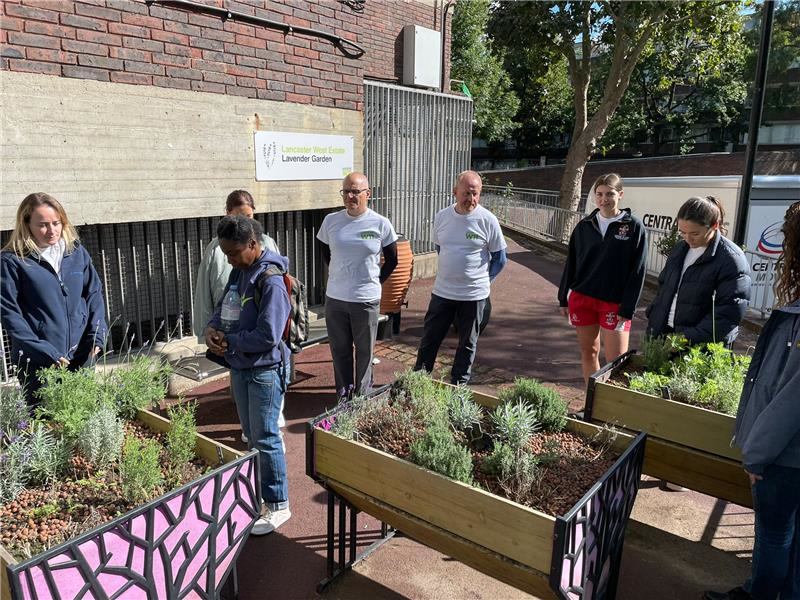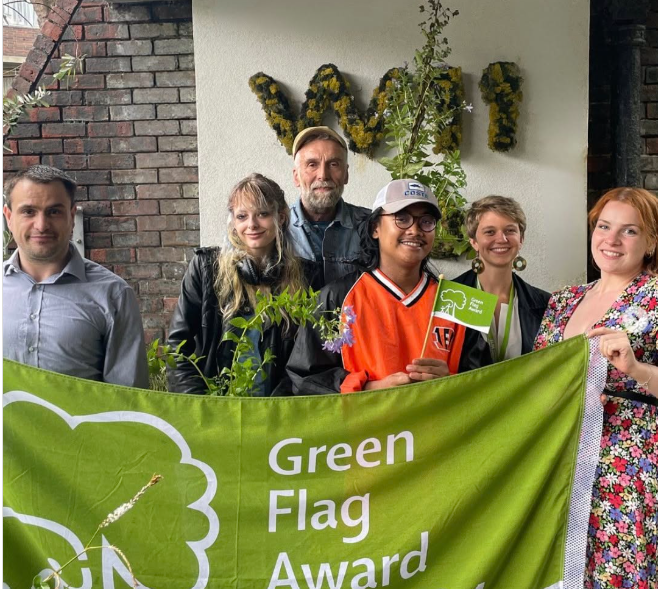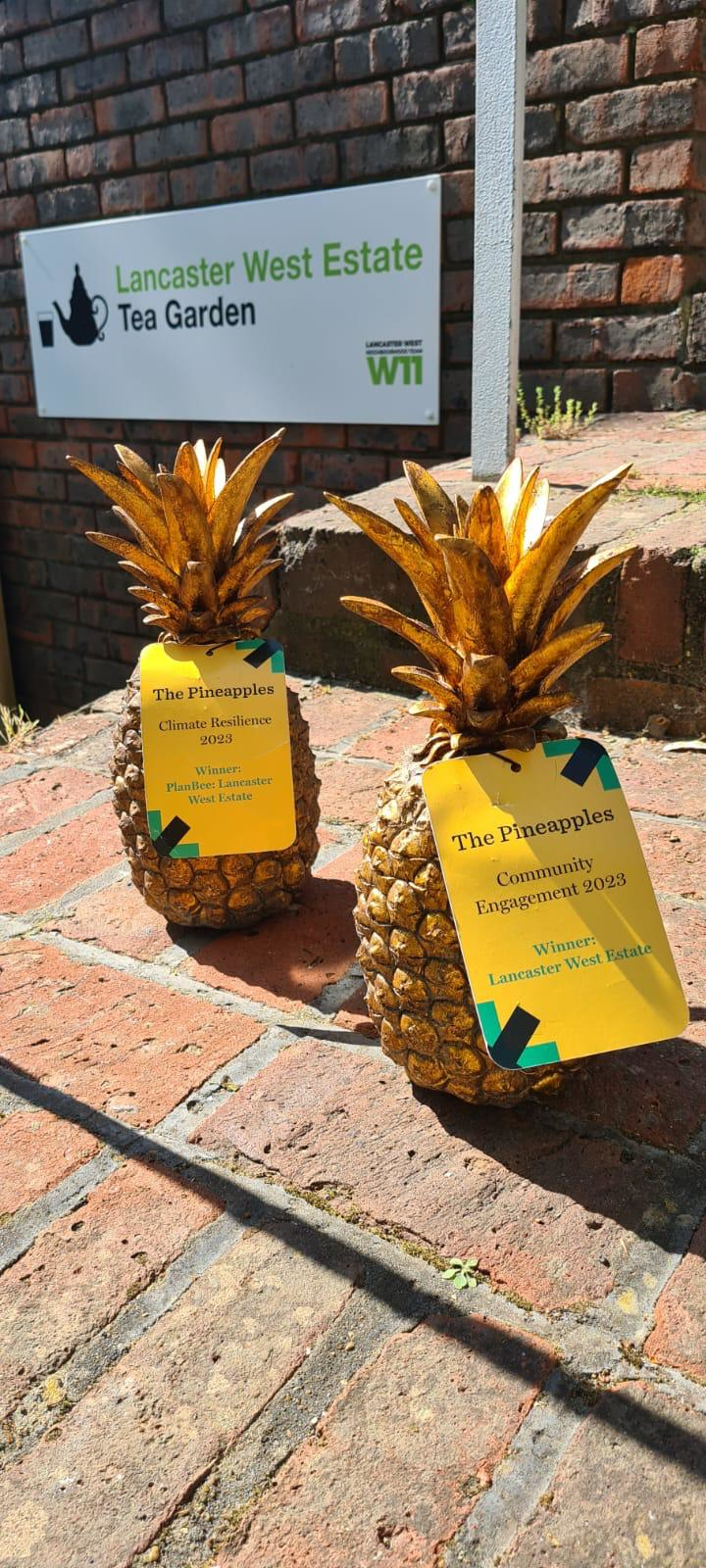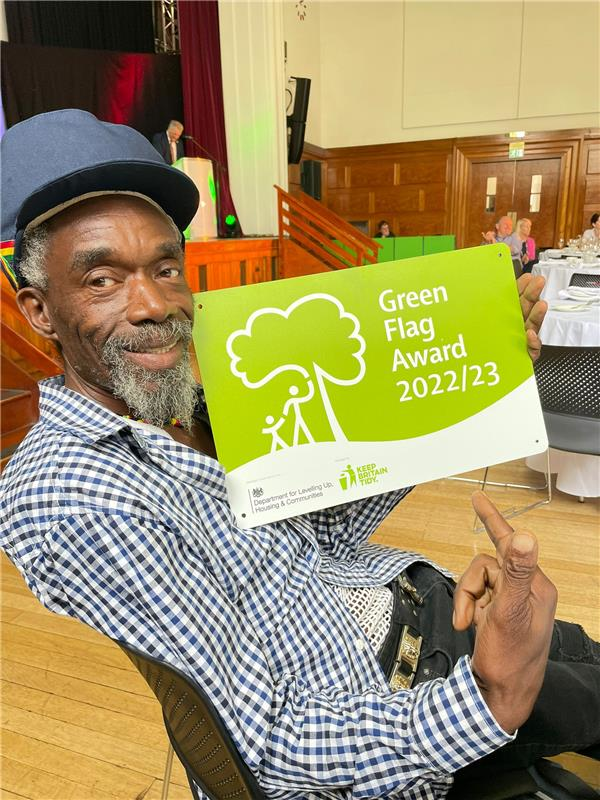Why a Garden Estate?

Los científicos han descubierto 58 especies de animales diminutos en el jardín de la pradera de Lancaster West Estate
Rastrearon el ADN dejado por las criaturas que se arrastran bajo tierra, como parte del proyecto Walkways Wildlife de Grow2Know en asociación con el Proyecto de Naturaleza Urbana del Museo de Historia Natural y el Equipo del Vecindario de Lancaster West.
Los científicos han analizado los hallazgos de su primera visita en octubre de 2021 y han podido detectar alrededor de 58 especies animales. El 95% de estos eran gusanos, pero también identificaron algunas moscas, polillas, babosas, arañas, colémbolos y avispas, que incluyen:
Los científicos han analizado los hallazgos de su primera visita en octubre de 2021 y han podido detectar alrededor de 58 especies animales. El 95% de estos eran gusanos, pero también identificaron algunas moscas, polillas, babosas, arañas, colémbolos y avispas, que incluyen:

Growing and sharing: The Secret Garden
Fully co-designed with residents and completed in the summer of 2022 the Secret Garden includes an accessible polytunnel, planters for food-growing, compost bins, fruit trees, a native hedgerow and even a fish pond!
Huge thank you to local resident, Zakia and all of her helpers at the launch party, who made the mosaics!
Huge thank you to local resident, Zakia and all of her helpers at the launch party, who made the mosaics!
Volunteer with us

Los científicos han descubierto 58 especies de animales diminutos en el jardín de la pradera de Lancaster West Estate
Rastrearon el ADN dejado por las criaturas que se arrastran bajo tierra, como parte del proyecto Walkways Wildlife de Grow2Know en asociación con el Proyecto de Naturaleza Urbana del Museo de Historia Natural y el Equipo del Vecindario de Lancaster West.
Los científicos han analizado los hallazgos de su primera visita en octubre de 2021 y han podido detectar alrededor de 58 especies animales. El 95% de estos eran gusanos, pero también identificaron algunas moscas, polillas, babosas, arañas, colémbolos y avispas, que incluyen:
Los científicos han analizado los hallazgos de su primera visita en octubre de 2021 y han podido detectar alrededor de 58 especies animales. El 95% de estos eran gusanos, pero también identificaron algunas moscas, polillas, babosas, arañas, colémbolos y avispas, que incluyen:


Food growing and gym equipment available!
Reducing flood risk: Verity Close Garden of Life
Completed in 2023, the Verity Close Garden of Life is a fully co-designed, multigenerational Sensory Garden.
Following two engagement events with residents new play equipment was installed, additional seating areas provided, food growing spaces and an edible green wall were planted.
The garden also includes energy-generating gym equipment and a biodiverse swale that protects the area from flooding.
Following two engagement events with residents new play equipment was installed, additional seating areas provided, food growing spaces and an edible green wall were planted.
The garden also includes energy-generating gym equipment and a biodiverse swale that protects the area from flooding.

Reducing Flood Risk: Lower Clarendon Rain Garden
Following the summer 2021 flooding event the Lancaster West Neighbourhood team has been working to address the flood risk by installing green sustainable urban drainage systems (SuDS).
We heard from residents that this space was previously misused and presented an opportunity for improvement.
With funding from the Mayor of London's Future Neighbourhoods fund, this area was transformed into a terraced rain garden.
We heard from residents that this space was previously misused and presented an opportunity for improvement.
With funding from the Mayor of London's Future Neighbourhoods fund, this area was transformed into a terraced rain garden.
Learn more about SuDS

Jardín de la pradera occidental de Lancaster
El nuevo Prairie Garden entre Hurstway y Testerton Walk en Lancaster West fue plantado en octubre de 2021 por residentes de Walkway.
El Prairie Garden se construyó después de consultar con los residentes de Lancaster West y es un proyecto en asociación con Grow2Know CiC y el Museo de Historia Natural.
El Prairie Garden se construyó después de consultar con los residentes de Lancaster West y es un proyecto en asociación con Grow2Know CiC y el Museo de Historia Natural.

Turning grey to green: Treadgold Pocket Park
In July 2023, a mobile pocket path was installed on Lancaster Green. It transforms a previously unused area to a functional outdoor space to work, relax or socialise in, featuring various seating and a green roof.
The space was co-designed with Treadgold House residents at an engagement event in May 2022. This has also been supported by the Mayor of London's Future Neighbourhoods 2030 Fund.
The space was co-designed with Treadgold House residents at an engagement event in May 2022. This has also been supported by the Mayor of London's Future Neighbourhoods 2030 Fund.
Learn more about Notting Dale 2030

Turning grey to green: Camelford Walk Terrace Garden
Co-designed with residents of Camelford Walk, this Moroccan-themed garden makes use of the previously inaccessible terrace area, providing seating, planting, freshly grown herbs and even a hand-carved shed.
With thanks to all residents who contributed to the design of this space, attended the opening, and special thanks to Goldfinger Design for their work on the shed!
With thanks to all residents who contributed to the design of this space, attended the opening, and special thanks to Goldfinger Design for their work on the shed!
Find it on the Neighbourhood Services Map


Absorbs pollutants and carbon dioxide
Turning grey to green: Camelford Court Green Roof
Completed in 2023 the biosolar roofs on Camelford Court provide renewable energy to residents as well as creating new green space that remove carbon dioxide from the atmosphere as well as pollutants.


Improves local air quality
Turning grey to green: Jasmine Walls
Creating a thriving garden estate one railing at a time, these jasmine walls provide greening, privacy and a beautiful scent come Summer!
They can be found at:
They can be found at:


The borough's first living green walls on a social housing estate!
Turning grey to green: Living Green Wall & Garden Cafe
Found at the North Kensington Resource Center, the Borough's first living green walls make use of the ramp, transforming it into a biodiverse habitat.
This wall improves local air quality, provides a home for species and creates a tranquil garden space for residents using the resource center.
In the Garden Cafe, this previously barren indoor area has been transformed into a calming and green work environment, free to access for residents.
With thanks to Cameron Gardens for their plant donation.
This wall improves local air quality, provides a home for species and creates a tranquil garden space for residents using the resource center.
In the Garden Cafe, this previously barren indoor area has been transformed into a calming and green work environment, free to access for residents.
With thanks to Cameron Gardens for their plant donation.
Designing and improving: Flood Alleviation at Morland House and Talbot Grove House
Following flooding in 2021 we have been working with residents, civil engineers and landscape architects to design better green spaces around your blocks that will help protect against future floods. As the effects of climate change worsen, the risk of flooding increases so its important we address this in the greenest way.
Designs have been completed by our consultants Arup, and elements of the designs will start to be delivered from Summer 2025.

Designing and improving: Landscape and Public Realm on Lancaster West Estate
To address the effects of climate change we have been looking at how we can address flooding, improve biodiversity and create accessible green spaces for residents across the estate.
At an engagement event held at Kensington Leisure Centre in December you told us your priorities for landscape are lighting, signage and wayfinding and planting.
At an engagement event held at Kensington Leisure Centre in December you told us your priorities for landscape are lighting, signage and wayfinding and planting.
We are exploring ways to deliver on these designs, exploring funding opportunities and partnerships with our local businesses.

Our spaces are award-winning
Green Flag Award: Lancaster West Estate first won a Green Flag in 2022, making it the first estate in the Royal Borough of Kensington and Chelsea to be given this award. The Estate has also won the award for three consecutive years, in 2023 and 2024. In fact, in 2024, the Estate scored the highest possible marks available. This international recognition reflects the continued excellence in the management of green spaces at Lancaster West.
The Pineapples: The Estate has also won two Pineapple Awards. In 2023, the Lancaster West Neighbourhood Team won the Climate Resilience award. This celebrated the Estate's biodiversity and community green spaces. The Team and the Lancaster West Residents' Association were also the Future Place winners in 2024, which highlighted the urban greening and collaboration with residents in creating green spaces that are adapted to climate risks.
Unlock Net Zero Awards: In 2023, the first ever Unlock Net Zero Biodiversity and Nature Award was given to the Plan Bee programme at Lancaster West. The judges were particularly impressed at how this programme increased involvement in and access to nature for over 2000 residents.
The Pineapples: The Estate has also won two Pineapple Awards. In 2023, the Lancaster West Neighbourhood Team won the Climate Resilience award. This celebrated the Estate's biodiversity and community green spaces. The Team and the Lancaster West Residents' Association were also the Future Place winners in 2024, which highlighted the urban greening and collaboration with residents in creating green spaces that are adapted to climate risks.
Unlock Net Zero Awards: In 2023, the first ever Unlock Net Zero Biodiversity and Nature Award was given to the Plan Bee programme at Lancaster West. The judges were particularly impressed at how this programme increased involvement in and access to nature for over 2000 residents.
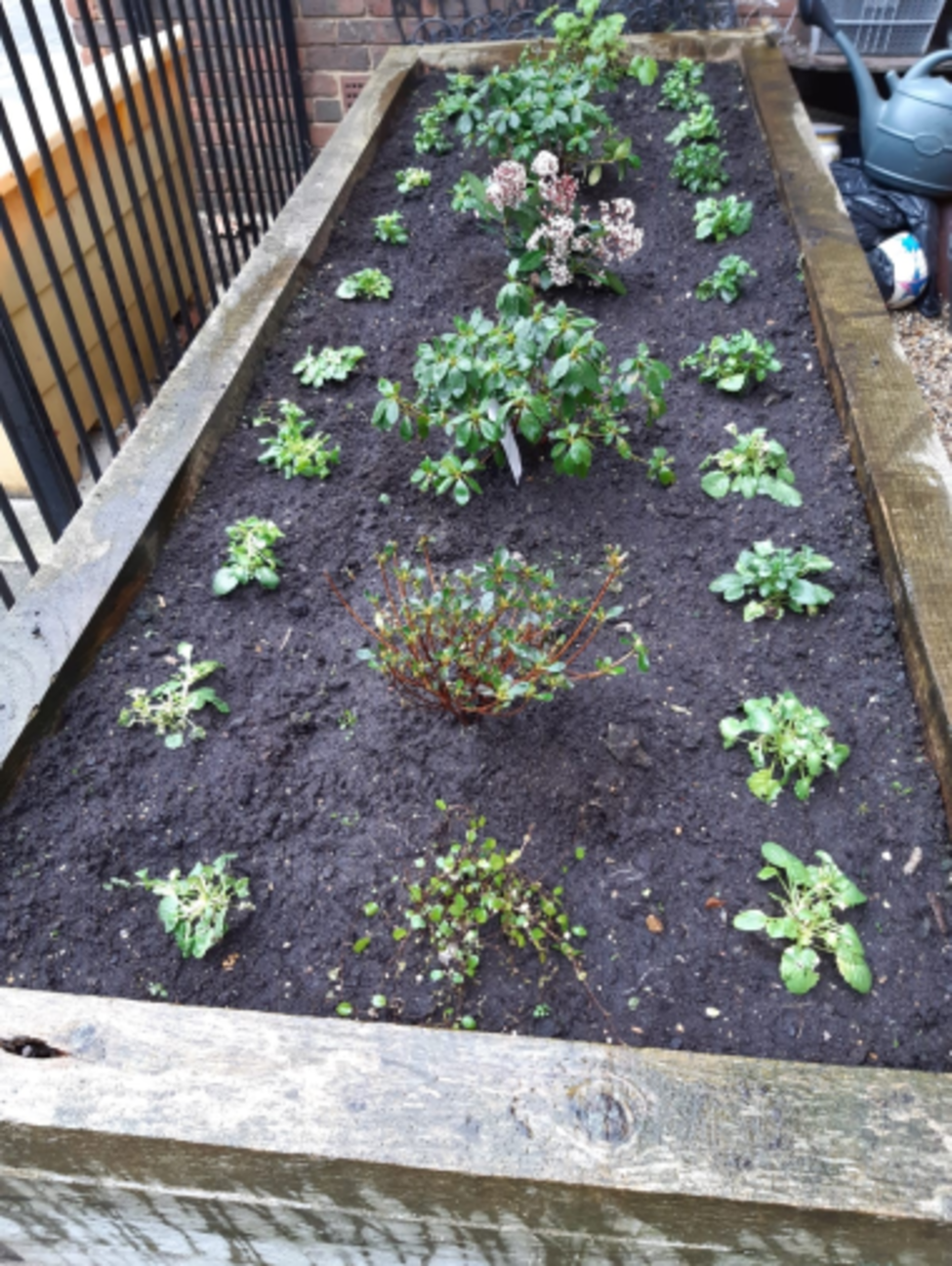
Consejos de Rob para la jardinería
SUELO Consulta el tipo de suelo que se recomienda para la planta que quieres cultivar. La mayoría de las plantas crecen mejor en un tipo específico de suelo.
PLANTAS DE INTERIOR Se recomienda cambiar la tierra para plantas de interior cada 6 meses - para renovar los nutrientes.
RIEGO Demasiada humedad puede ser tan dañina para las plantas como muy poca. ¡Es importante vigilar el clima y recordar regar las raíces!
COMPOST El compostaje de los desechos de la cocina y el jardín los transforma en un alimento valioso y rico en nutrientes para las plantas.
PLANTAS DE INTERIOR Se recomienda cambiar la tierra para plantas de interior cada 6 meses - para renovar los nutrientes.
RIEGO Demasiada humedad puede ser tan dañina para las plantas como muy poca. ¡Es importante vigilar el clima y recordar regar las raíces!
COMPOST El compostaje de los desechos de la cocina y el jardín los transforma en un alimento valioso y rico en nutrientes para las plantas.

